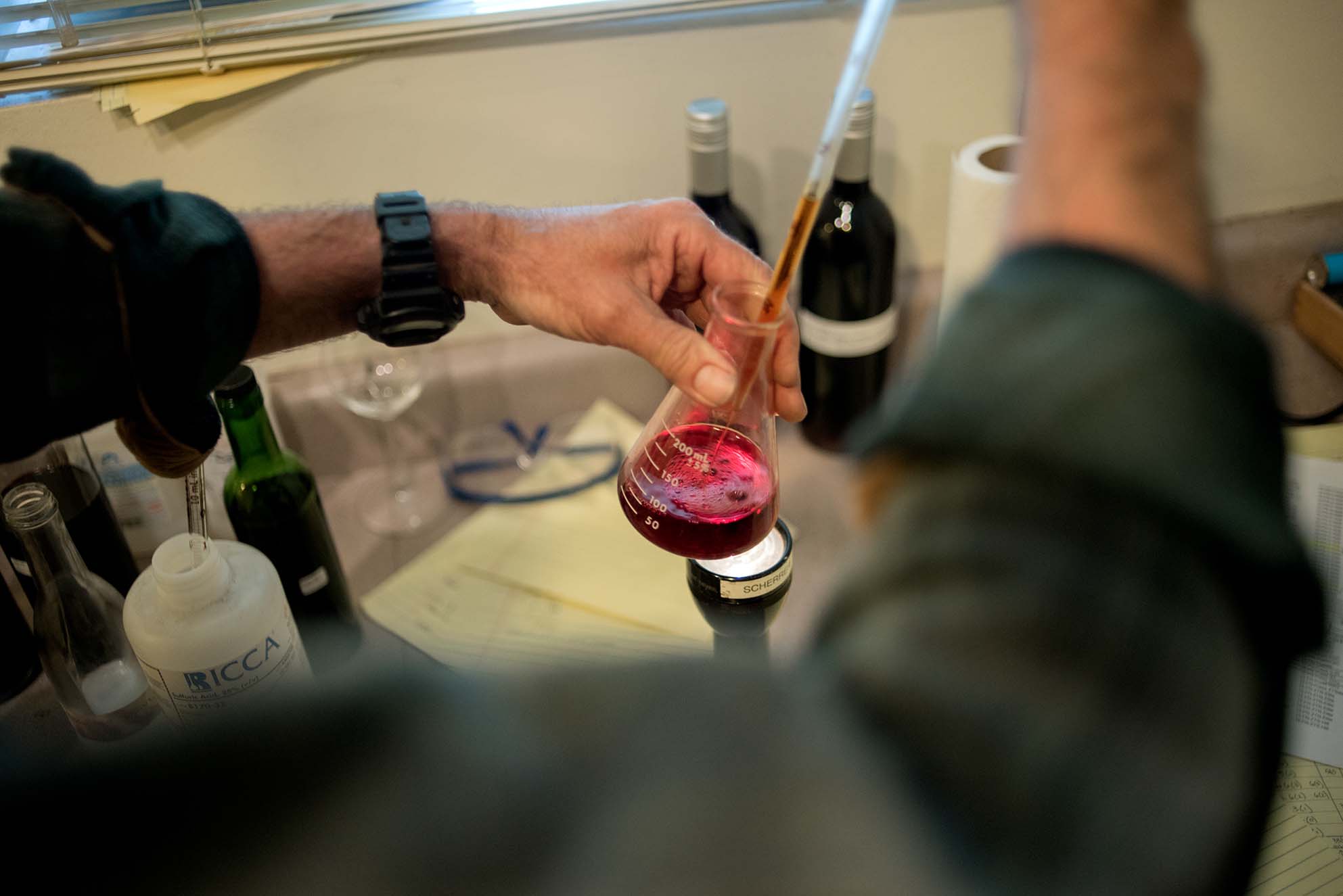
Ever since last fall when the fire burned right up to the barns at my parents’ place, we have been on alert, adapting to new situations. COVID-19, business shutdowns and the resulting market shifts for wine made us find new ways to cope. Then Summer seemed to click right along without significant new business pivots needed. The growing conditions were quite favorable until August, when Nature seemed to turn off the natural air conditioning we normally rely upon here. Then mid-month, a strange weather system with dry lightning blew through Northern California igniting massive fires. The Walbridge fire began in the middle of a large, heavily timbered area just to the north of the winery and to the west of Windsor/Healdsburg. Initially, the reactive volatile smoke was kept high aloft by the same weather phenomenon that added to the lightning severity in the first place. Then winds shifted so the fire and smoke descended to ground level and headed instead toward the north.
Smoke exposure is very complicated. There are volatile and particulate/ash components that will vary depending on what is burning (structures, different types of vegetation) and whether it is smoldering vs. burning hot. Each have different effects upon people and plants. Evidently, it’s the volatiles rather than particulates that are the main issue affecting the flavor of grapes when turned to wine. So, air quality indices which are highly connected to particulates/ash that bother people do not tell the plant smoke-reactive-volatile story very accurately. The age of the smoke volatiles is also critical to its reactivity and different volatile components have quite varied decay times that are dependent upon daylight and night-time conditions. Even chloride content from heavily marine-influenced air can play a factor in attenuating many of these volatile phenols as the minutes pass. Add to this, our varied topography in Sonoma County leads to highly variable conditions given different prevailing breezes and elevation. Even modest barriers such as rolling hills can prevent relatively static smoky air from leaking into the next little mini-valley. Like I said: It’s complicated.
My family’s vineyard in SE Alexander Valley sits on the bench of a wedge-shaped mountain to the east. So, when the smoky winds from Walbridge began to shift from N-S to SW-NE, the reactive volatiles in the air were not strongly drawn past that short stretch of Highway 128. My father said that has always been the pattern he’s witnessed with agricultural burning of tree and vine prunings in the winter and spring when the winds shifted in a similar manner. By contrast, if the fires had been directly north or south of us, any relatively fresh, reactive smoke volatiles would have had a direct path over the vineyard. Glad to have dodged that bullet.
My experience with the 2008 Black Lightnin’ bottling gave me more optimism that things would be OK for many sites. In 2008, the smoke was heavy in volatiles and particulates and sat in the Mendocino valleys and northern Sonoma Coast for several weeks. There really wasn’t much experience with smoke-affected grapes in our area prior to this so most of us brought grapes in as we normally would. It was very clear that the 2008 Black Lightnin’ was obviously smoke affected by the second day in tank, even before fermentation began. I read up on the subject at the time and realized there were conflicting models of what would make the best wine possible under those conditions. After that harvest and conferring with several other wineries that had a significant portion of their grapes affected and tasting remediation trials, etc., I still did not see a clear path of ‘action’ that would erase the smoke effect without damaging the good things about the wine. So, I was determined to come up with my own model of how to navigate it. Fortunately, during the months of cogitation and further inquiry I discovered the wine was rather able to heal itself and make a pleasant wine, though it fell short of what it had been destined to be and was priced accordingly. Shortfall or not, we have had many, many requests for another vintage of this wine. So, I figured that anything much less affected than that in 2020, I could work with.
In the years following 2008, laboratory analysis for smoke taint ‘markers’ have been developed. As the Walbridge fire coincided with the onset of harvest and other fires, everyone was testing, and the labs were backed up beyond any point of obtaining useful data in time to make harvest decisions. So instead, I did small scale bucket fermentations as recommended by researchers and winemakers experienced with yearly bush fires. I inoculated them with a yeast that would more readily expose any ‘hidden/latent’ smoke effect so I could better assess if we were up against any significant problems. The results from these heartened me as they all came out ‘clean’ by sensory analysis at dryness.
While we lost the harvest from a couple of sites that the growers felt were too heavily exposed to volatiles, we went on pretty much as business as usual with other sites, cautiously optimistic. As I write this, I have just emptied the wine presses for the last time this year and all wine is in barrel. Tasting through the newly finished wines, I am quite heartened at the positive results so far and feel that we truly dodged quite a few bullets this year. It is theoretically possible for a small level of smoke effect to show in successive months after going to barrel. Yet as each week passes without issue, my optimism increases. And since yeast cell walls can adsorb some of these volatile phenols caused by smoke exposure and our wines will be on yeast lees for two winters and summers (which is atypical in our area), there is likely plenty chance to remain unaffected.
And if all of that weren’t bad enough, in the Napa/Sonoma/Lake county area, the Glass Fire started a few weeks later, causing vast destruction to wineries, vineyards, homes and lives. We were not directly threatened by that fire or smoke, as we were all harvested nearly 10 days before that fire started. However, looking at a map of areas burned in the past few years, there seems to be little area in the North Coast that hasn’t burned recently. We got lucky, and tragically many did not.
You can download the complete newsletter here: Dodging Bullets

